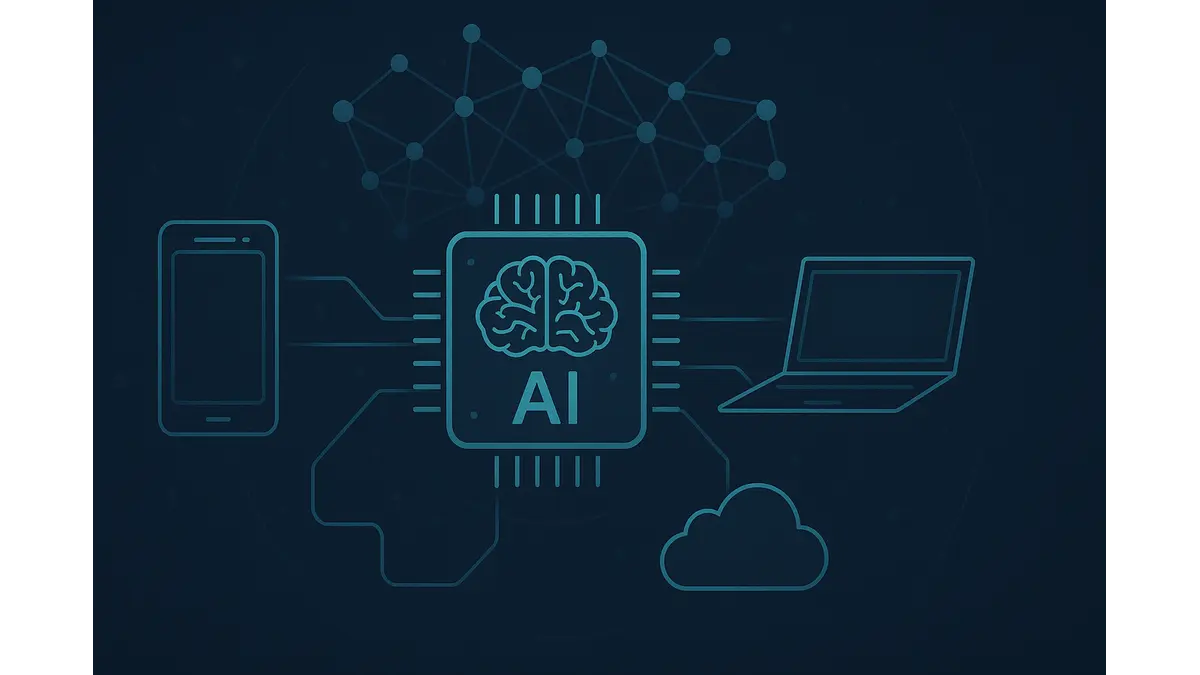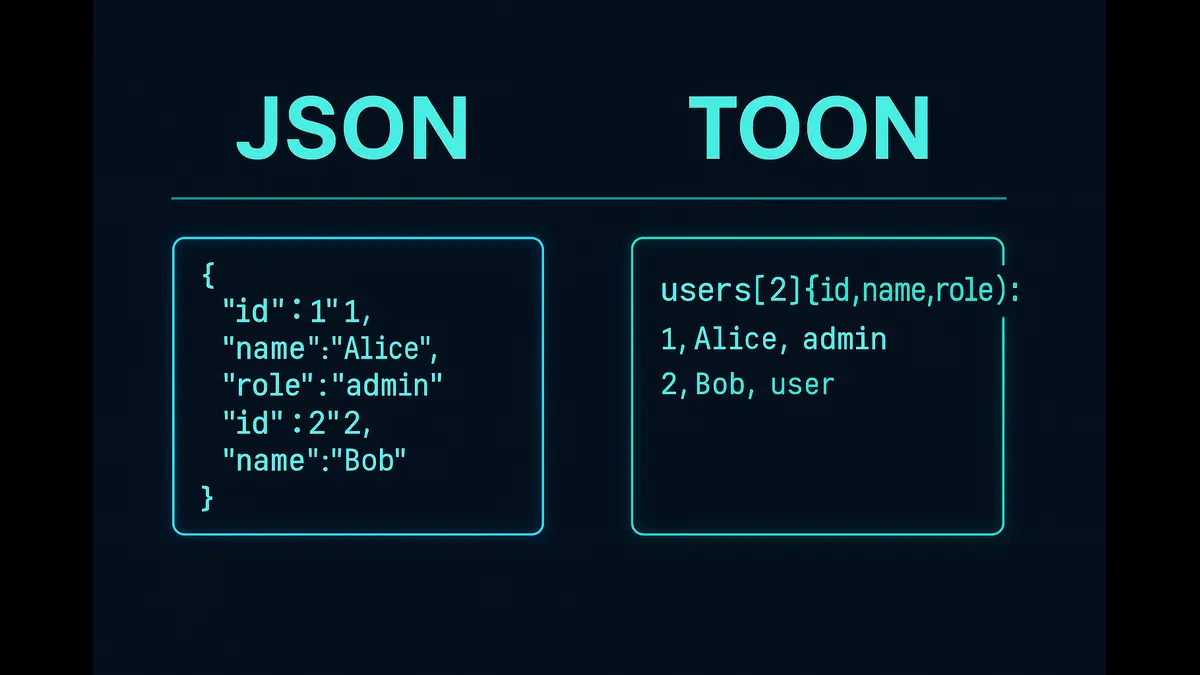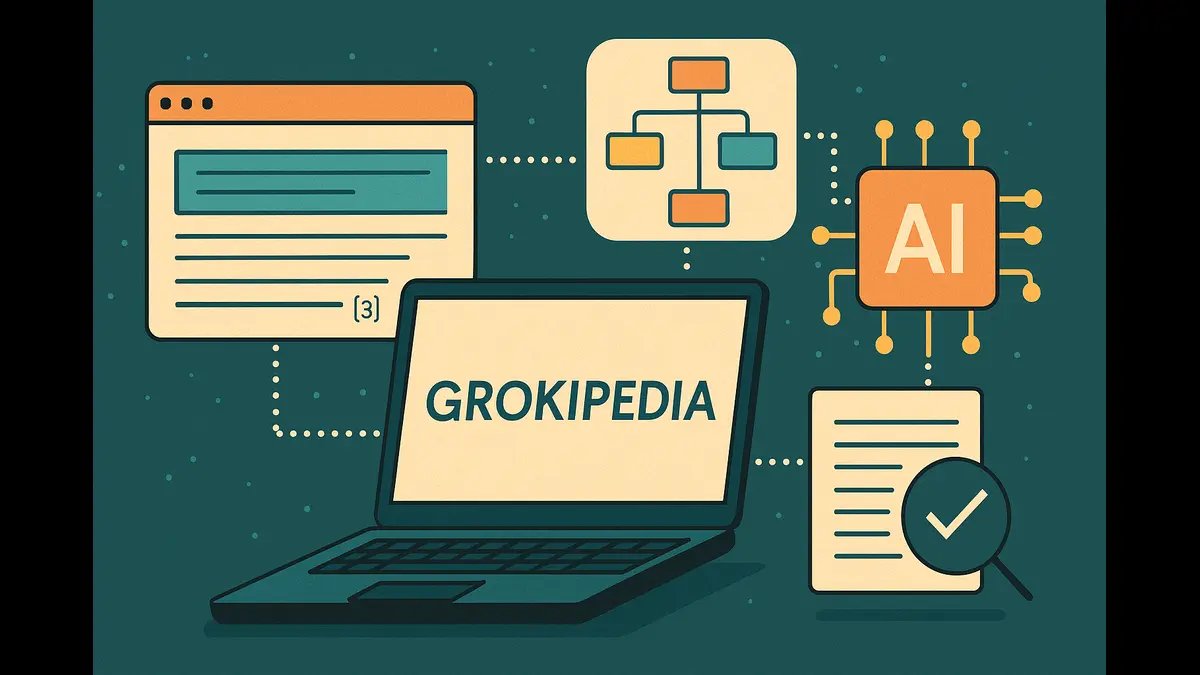
Large language models like GPT-5 are powerful but expensive to run at scale. This article explores why Small Language Models (SLMs) are the smarter choice for agentic AI—offering the ideal balance of efficiency, scalability, and privacy for autonomous systems across sectors like finance, healthcare, and IoT.
The rapid evolution of artificial intelligence has been dominated by large language models (LLMs), such as OpenAI’s GPT-5 and Meta’s Llama 4, which boast billions of parameters and deliver remarkable performance across diverse tasks. However, their computational demands and resource intensity present significant challenges for widespread deployment, particularly in resource-constrained environments. As organizations increasingly adopt agentic AI—systems capable of autonomous decision-making and task execution—small language models (SLMs) are emerging as a transformative alternative. With parameter counts typically under 10 billion, SLMs offer efficiency, scalability, and adaptability, making them ideally suited for agentic applications.
Understanding Small Language Models
Small language models, defined by their compact architectures, range from a few hundred million to several billion parameters, significantly fewer than the hundreds of billions in models like GPT-4.1. Examples include Google’s Gemma 2 (2B and 9B parameters), Meta’s Llama 3.2 (1B and 3B), and Mistral’s Mixtral 8x7B, which leverages a sparse mixture-of-experts (MoE) design for efficiency. These models employ transformer-based architectures, similar to their larger counterparts, but are optimized through techniques like quantization, pruning, and knowledge distillation.
Quantization, such as 4-bit or 8-bit precision (e.g., QLoRA), reduces memory footprints by lowering numerical precision without significant accuracy loss. Pruning eliminates redundant parameters, while knowledge distillation transfers capabilities from larger models to smaller ones during training. These techniques enable SLMs to achieve performance comparable to larger models on specific tasks, such as text generation or classification, while requiring a fraction of the computational resources. For instance, Gemma 2’s 9B model delivers near-LLM performance on benchmarks like MMLU (Massive Multitask Language Understanding) while running on consumer-grade GPUs with as little as 8GB of memory.
This efficiency makes SLMs particularly appealing for agentic AI, where systems must operate autonomously, process data in real-time, and adapt to dynamic environments. Unlike LLMs, which often require dedicated high-performance infrastructure, SLMs can be deployed on edge devices, mobile platforms, and low-resource cloud instances, broadening their applicability.
The Rise of Agentic AI
Agentic AI represents a paradigm shift, moving beyond passive query-answering to systems that proactively execute tasks, make decisions, and interact with environments. These systems, exemplified by projects like AutoGPT and xAI’s Grok, integrate planning, memory, and tool usage to perform complex workflows, such as scheduling, data analysis, or system optimization. Agentic AI requires models that are not only intelligent but also fast, resource-efficient, and capable of operating in constrained settings, such as IoT devices or enterprise edge servers.
Large language models, while powerful, are often impractical for these applications due to their high latency and energy consumption. For example, running GPT-4.1 on a single inference pass can require over 100GB of GPU memory and consume significant power, making it unsuitable for real-time agentic tasks on edge devices. SLMs, by contrast, offer a compelling alternative, balancing performance with efficiency to meet the demands of agentic workflows.
Advantages of SLMs in Agentic AI
The unique characteristics of SLMs position them as the ideal foundation for agentic AI, particularly in terms of efficiency, scalability, and adaptability.
Computational Efficiency and Edge Deployment
SLMs are designed for low-resource environments, enabling deployment on edge devices like smartphones, IoT sensors, or embedded systems. For instance, Meta’s Llama 3.2 1B model, optimized with 4-bit quantization, can run on devices with as little as 2GB of RAM, achieving inference latencies under 100 milliseconds. This capability is critical for agentic AI applications, such as autonomous vehicles or industrial IoT, where real-time decision-making is essential. By minimizing reliance on cloud infrastructure, SLMs reduce latency, lower costs, and enhance privacy by processing data locally.
Scalability and Cost-Effectiveness
In enterprise settings, agentic AI often involves deploying thousands of agents across distributed systems. SLMs’ compact size enables organizations to scale these deployments cost-effectively. For example, a 2024 study by Hugging Face reported that fine-tuned SLMs, such as Mistral’s 7B model, achieved up to 80% of Llama 3 70B’s performance on enterprise tasks like customer support automation while using 10 times less memory. This scalability allows businesses to deploy agentic systems for tasks like predictive maintenance or dynamic pricing without incurring prohibitive computational costs.
Adaptability Through Fine-Tuning
Agentic AI requires models tailored to specific domains, such as healthcare diagnostics or supply chain optimization. SLMs are highly adaptable through fine-tuning techniques like LoRA (Low-Rank Adaptation), which adjusts a small subset of parameters to specialize the model without retraining the entire architecture. For instance, a fine-tuned Gemma 2 model can optimize energy consumption in thermal power plants by analyzing sensor data and predicting maintenance needs, achieving accuracy comparable to larger models with minimal overhead. This adaptability ensures SLMs can meet the diverse requirements of agentic applications.
Security and Privacy in Agentic Deployments
Agentic AI systems often operate in sensitive environments, handling proprietary or personal data. SLMs enhance security and privacy by enabling on-device processing, reducing the need to transmit data to cloud servers. For example, in healthcare, an SLM-based agent running on a local server can analyze patient data for diagnostic recommendations without exposing it to external networks. Additionally, SLMs integrate with ML-based security tools, such as anomaly detection systems, to monitor agent behavior. Using technologies like extended Berkeley Packet Filter (eBPF), these tools detect deviations—such as unauthorized API calls—ensuring secure operation in real-time.
Moreover, SLMs can be paired with federated learning, where models are trained across distributed devices without centralizing data. This approach, used in projects like Google’s TFLite, enhances privacy while maintaining performance, making SLMs suitable for agentic AI in regulated industries.
Technical Implementation of SLMs in Agentic Systems
The deployment of SLMs in agentic AI relies on sophisticated technical frameworks. Agentic workflows typically involve a feedback loop: perception (data input), reasoning (decision-making), and action (task execution). SLMs power the reasoning component, integrating with tools like LangChain for workflow orchestration or vLLM for optimized inference. For example, an SLM-based agent in an e-commerce platform might use a fine-tuned Mixtral 8x7B model to analyze user behavior, predict demand, and adjust pricing dynamically, all within milliseconds.
Model optimization is critical. Techniques like speculative decoding—where the model predicts likely outputs to reduce inference time—and batched token streaming enhance throughput. Frameworks like TensorRT-LLM enable SLMs to leverage quantized weights, achieving up to 3x speedup on edge devices. These optimizations ensure SLMs meet the low-latency requirements of agentic AI while maintaining accuracy.
Challenges and Future Directions
Despite their advantages, SLMs face limitations. Their smaller parameter counts can restrict generalization compared to LLMs, particularly for complex reasoning tasks. Ongoing research, such as Meta’s work on Llama 4’s sparse architectures, aims to address this by combining SLM efficiency with LLM-like capabilities. Additionally, advancements in hybrid models, blending SLMs with reinforcement learning agents like DQN (Deep Q-Network), are enhancing decision-making in dynamic environments.
The future of SLMs in agentic AI lies in continued optimization and integration. Emerging techniques, such as FP8 quantization and neural architecture search, promise further efficiency gains. Collaborative efforts, like those in the open-source community on platforms like Hugging Face, are driving innovation, ensuring SLMs remain at the forefront of agentic AI development.
A Compact Future for Intelligent Systems
Small language models are poised to redefine the landscape of agentic AI, offering a compelling blend of efficiency, scalability, and adaptability. Their ability to operate in resource-constrained environments, coupled with advancements in optimization and security, makes them ideal for autonomous systems across industries, from manufacturing to healthcare. As organizations seek cost-effective, secure, and agile solutions, SLMs stand out as the future of agentic AI, driving the next wave of intelligent automation in a cloud-native world.
Discover more from Poniak Times
Subscribe to get the latest posts sent to your email.






